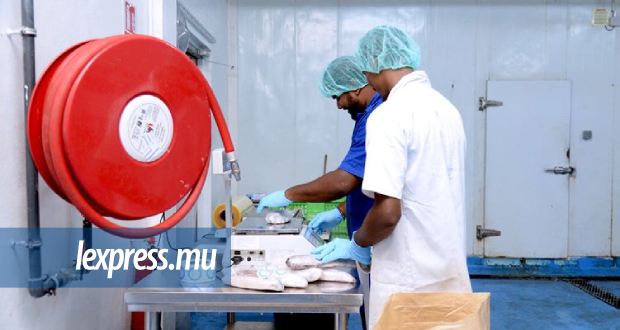Publicité
An indebted central bank
Par
Partager cet article
An indebted central bank

Some time back, conventional wisdom had it that Mauritius did not have to worry about its public sector debt because most of it was in local currency and subject to low interest rates. Today, the economic shocks caused by the double whammy of Covid-19 and the war in Ukraine are putting the island economy at high risk of debt distress. Over the last two years, the government has been accumulating debts from foreign sources when central banks have begun raising interest rates. External debts are also very costly with a fast depreciating rupee.
Public sector external debt accounted for 23.7% of GDP as at December 2021, up from 10.7% at the start of the pandemic in March 2020. At the country level, the situation is worse as the gross external debt stock excluding deposittaking institutions and Global Business reached 36.4% of GDP compared to 15.7% in June 2019. While the private sector’s share remains low (3.4% of GDP), our monetary authorities have borrowed a lot, a total equivalent of Rs 35.3 billion (7.6% of GDP) by the end of last year.
The external debt stock of the Bank of Mauritius (BoM) is not fully reported on its balance sheet under “other liabilities”. Part of this debt has likely been taken via a commonly used General Master Securities Lending Agreement, which is designed to borrow in foreign currency against pledging dollar or euro treasuries as collateral. While the pledged collateral can still remain on the balance sheet of the borrower, this securities lending mechanism allows the central bank to bloat its foreign assets without showing all the liabilities on its balance sheet. If the BoM nets off the off-balance sheet liabilities from its capital and reserves (Rs 16 billion), it will have negative equity.
Presently at USD 8.1 billion, Mauritius’ gross official reserves look big, but they actually include these BoM borrowings, all external public loans and grants that go through international reserves, as well as commercial bank deposits in foreign currency held at the central bank (around USD 1.7 billion). In the National Assembly, the Finance Minister stated that “la banque centrale dispose actuellement de devises d’un montant de USD 4,1 milliards”. The fact that our net international reserves stand at USD 4.1 billion means that the BoM has borrowed still more internationally and has less ammunition than what is advertised.
In that respect, it is unlikely that the BoM can sustain “a continuous appreciation of the rupee” following its “single largest intervention” of USD 200 million on the domestic foreign exchange market, at a selling rate which it misnamed as “market-determined”. A market is driven only by the forces of supply and demand, without any interference or verbal warning from the regulator. No matter how high the level of foreign exchange inflows is, no one is compelled to change foreign currencies into rupees unless one trusts the capacity of the BoM to defend the rupee.
But the BoM does not have the required balance sheet to support a higher exchange rate. Firstly, any appreciation of the rupee, which brings about a fall in the rupee value of its foreign assets, must be balanced out by a drop in its reserves. Secondly, every time the rupee appreciates as a result of a sale of dollars by the BoM, the latter must make an adjustment on the liability side of its balance sheet, for example, by decreasing the outstanding amount of the BoM Notes and Bills, in order to offset the reduction in foreign assets, which would otherwise dilute its economic capital.
Incidentally, the last five open market operations witnessed a total reduction of Rs 15.5 billion in the outstanding instruments issued by the BoM. The BoM thus increases the supply of rupees but tries at the same time to prop up the local currency by exchanging dollars against rupees and by raising its benchmark interest rate. It is an inconsistent policy because the more abundant a currency is, the more it will tend to depreciate, and the lower will be the short-term interest rate. Without sterilisation of excess liquidity, there can be no upward market movements of the exchange rate and the interest rate.
The best way to fight inflation is to rebuild the capital buffer of the BoM so as to improve its balance sheet. To replenish its Special Reserve Fund with paper devaluation gains will not be helpful anymore when inflation and interest rates are rising globally. The BoM needs rather a proper recapitalisation through a long-term bond issuance by the government, leading to an increase in public debt.
If the fiscal authority does not want taxpayers to bear the whole burden, it can tax more heavily the highly profitable banks and transfer the additional revenue to the BoM. This would fix a perversion done with the Mauritius Investment Corporation, which has saved these banks from several billions of bad debts, allowing them to distribute handsome dividends. It is in their interests to have a functional central bank.
Publicité
Publicité
Les plus récents






